Encyclopaedia of Indian Temple Architecture (In 3 Volumes)
The ‘Encyclopaedia of Indian Temple Architecture’ comprises a vast research on the architectural features of Indian temples spread all over the Indian subcontinent. This encyclopaedic study is divided into forty-five chapters which delineate the various characteristics of temple architecture starting from the Gupta period (4th c.A.D.) to the Kashi Visvanatha temple rubuilt by Rani Ahilyabai of Indore (1776 A.D.). The work begins with an insight into the Indus Civilization that flourished in the Indus Valley region (now in Pakistan) with the two most important sites of Mohanjo-daro and Harappa revealing a marked degree of controlled urban planning. As for the temple architecture, the Imperial Guptas had established their sovereignty over almost the whole of northern India and the regular building of structural temples in brick and dressed stone started in their regnal period. The period under their immediate patronage fully deserve the name ‘The Golden Age’ of Indian art and the culture as aesthetic principles of architecture, sculpture and painting were formulated in their region. The Hindu temples evolved during that period with the basic features of the cella, the mandapa and the vestibule.
The book shows that there was tremendous progress in traditional temple styles as witnessed from Orissan temples (800-1200 A.D.). The temples of central India evolved from the northern Nagara type (6th cen.) to distinctive central India style (8th cen.). The construction of temples proliferated in Rajasthan simultaneously with Orissa and central India but Muslim invaders mutilated them beyond repairs. Gujarat temple architecture developed in richest temple building in North India under the Solanki dynasty. Jaina temples spread in South India are detailed. The book explores the Hindu and Jaina rock-cut temples which came in effect under the patronage of Chalukyas and the succeeding Rastrakutas and the contemporary Pallavas. An outline of the Vijayanagara temples at Lapaski is a notable example of the Vijayanagara style of architecture. The book further deals with the architectural style of the Kakatiya temples of Andhradesa. Besides the study of various temples of south India, the book focuses on the Brahmanical temple of Bengal. The building of Maratha temple was discouraged under Muslim rule for a period of three centuries. However, the religious and funerary temple of Nagpur were greatly favoured under Sivaji. The ancient city of Pratishan on the bank of the river Godavari is remarkable for the Hindu temple and monasteries. At last the book deals with the Golden Temple at Amritsar and the religious temples of Varanasi and other temples.
The work is further embellished with the inclusion of about 300 coloured plates beautifully printed on art paper and enriched with about 450 plans of the different temples.
Get it now and save 10%
BECOME A MEMBER

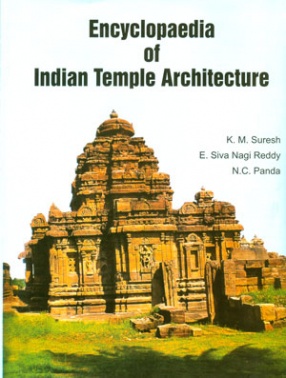
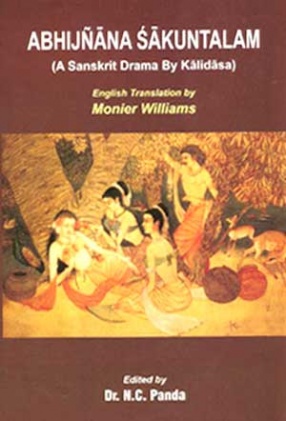
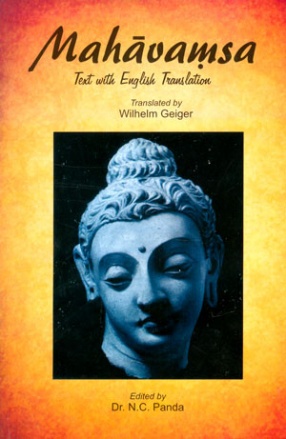
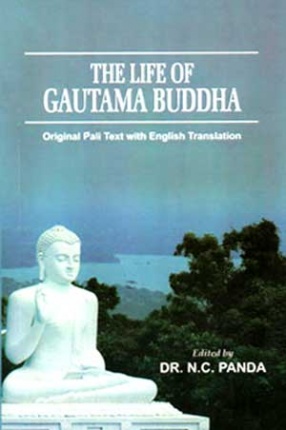
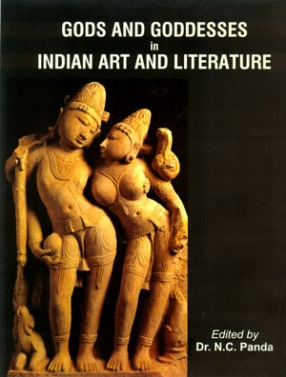
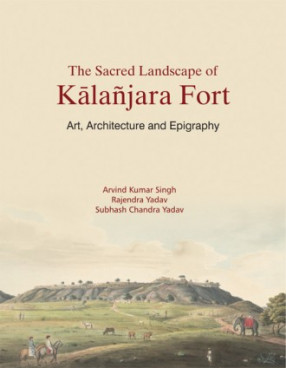
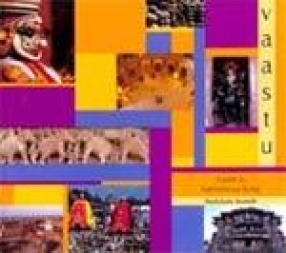
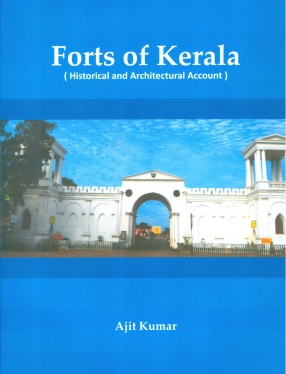
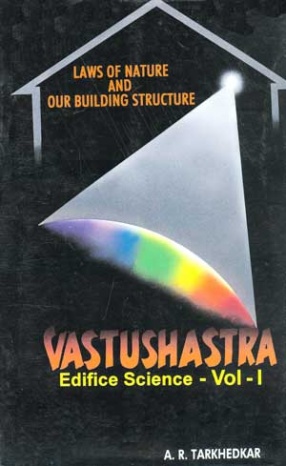

Bibliographic information
E Siva Nagi Reddy
N C Panda